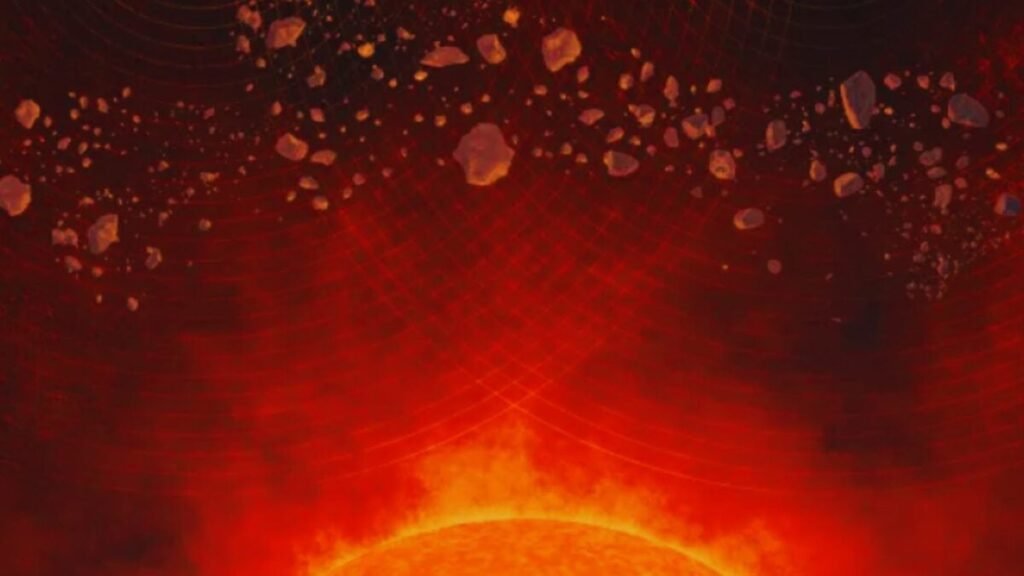Mars has a surprising heart! NASA says its core is more like Earth’s than we realized.

For ages, Mars has been known as a dead planet, with no pulse beneath its surface. But thanks to data from the NASA InSight mission, which eavesdropped on its “marsquakes” from 2018 to 2022, that image has been shattered. This discovery raises questions about its magnetic history and its future as a planet.
### A Mind-Blowing Discovery
The prevailing notion was that Mars had a fully liquid core, until now. InSight’s analysis of seismic data revealed a solid inner core surrounded by a liquid outer core. This “hardened core” made up of iron, nickel, and traces of lighter elements, paints a mineral portrait that aligns Mars with rocky planets with dynamic structures.
### The Mystery of the Missing Magnetic Field
While Earth’s magnetic field shields us from cosmic radiation, Mars lost its magnetic field eons ago. This recent finding hints that Mars may have once had a similar shield. Understanding why Mars shut off its internal “dynamo” could offer insights into our planet’s future and other celestial bodies struggling to maintain their internal energy.
### The Quest for More Knowledge
Despite this groundbreaking discovery, there are still puzzle pieces missing. To fully grasp the shape, composition, and dynamics of Mars’ core, further seismic measurements are needed. The InSight mission may have ended in 2022, but its legacy as the first direct view into Mars’ core lingers. Mars, once seen as barren and motionless, is now revealed as a planet with a rich inner history. The fossil heartbeat echoing in its solid core might unlock the secrets of how rocky worlds are born, evolve, and eventually perish in our solar system.






